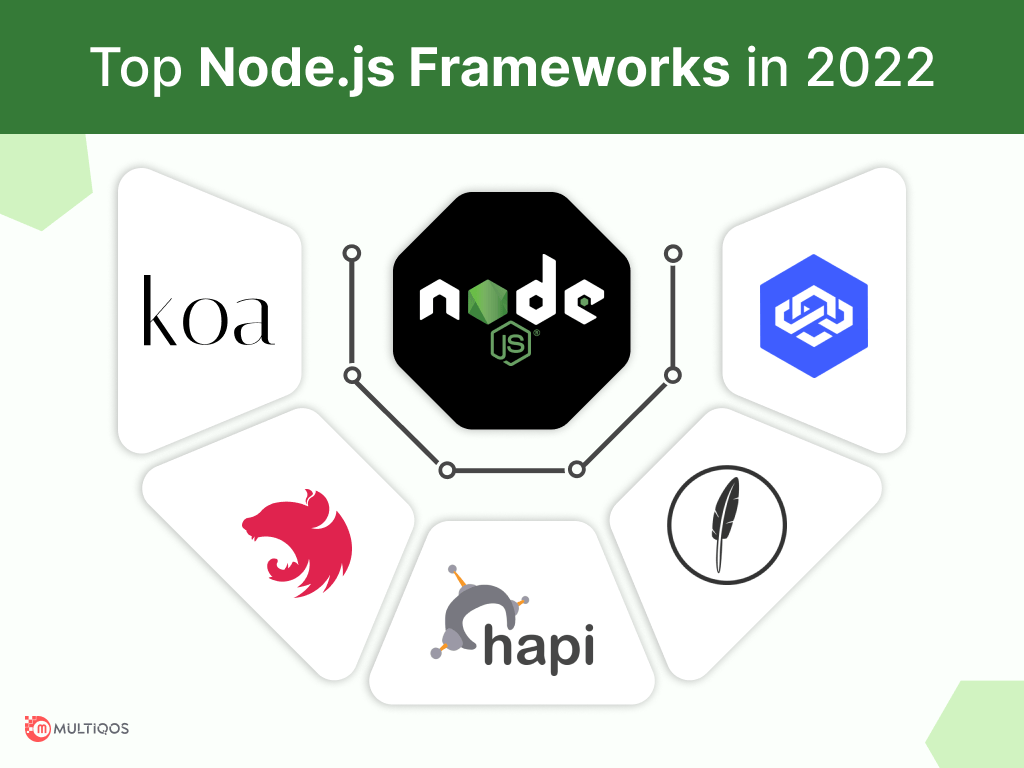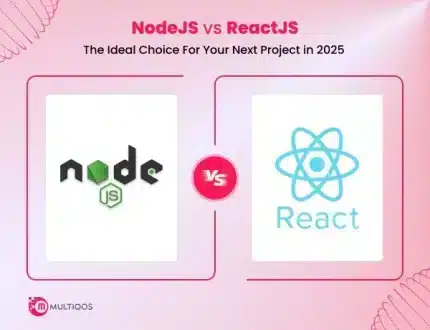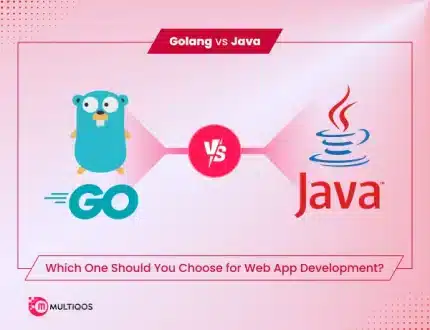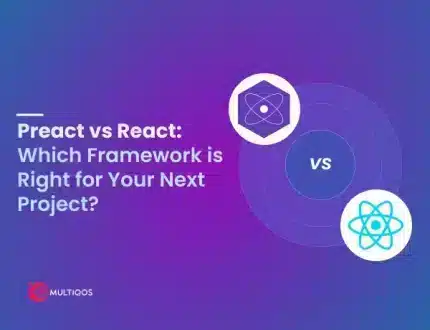Top 5 NodeJS Frameworks for Web App Development in 2025
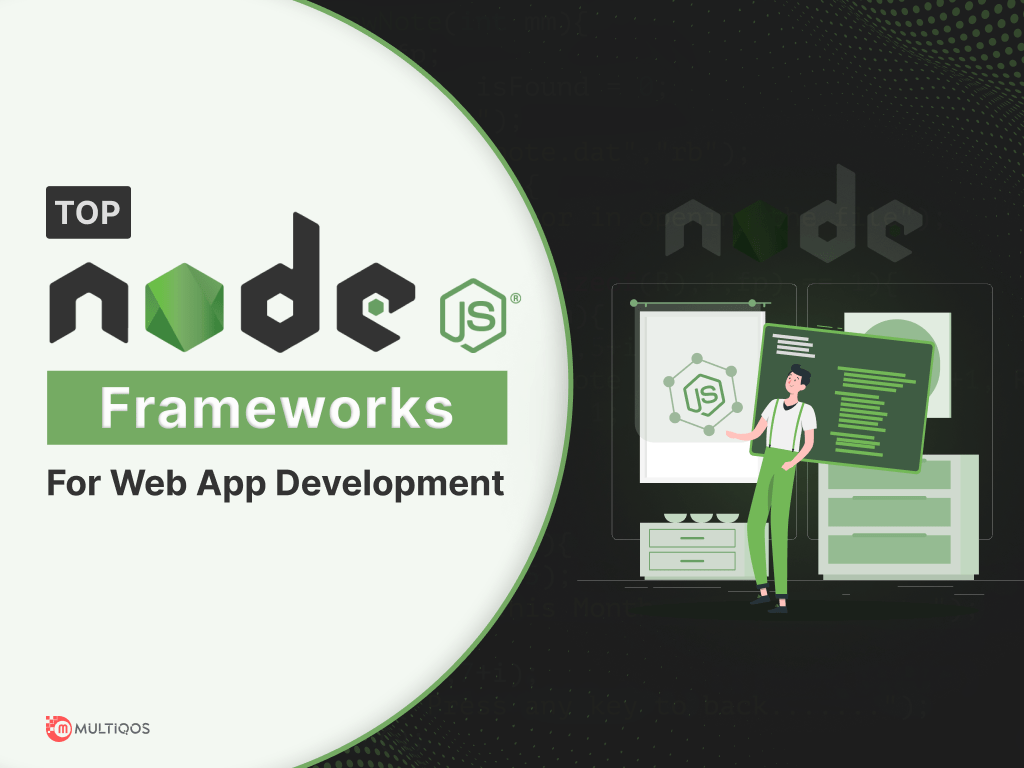
Several expert Javascript developers have created some fantastic frameworks for nodejs web development over the years. With an existing online application, you must choose a web application framework that can keep up with your competitors in the market. Here is a list of the 10 most popular Node.js frameworks for web app development that provide scalability, speed, and high performance.
Introduction
The information technology sector is one of the world’s most dynamic and ever-changing industry sectors. To produce a wide range of applications with ease, technology demands a new flexible platform that can quickly pacify these rapid changes. The Node JS Frameworks were created in response to a need of such requirements. They give software developers a wide range of options without spending time or money developing web apps. Node.js has a thriving community of developers that are always innovating and presenting new frameworks to the community. Selecting the best framework for nodejs web app development can be difficult, especially when there are many options. Some will allow for development freedom, while others may allow for automation.
What is a Node.JS Framework?
Node JS is probably the leading server-side web application platform. It makes it simple for a leading node js development company to build easily deployable, single program language web applications. An open-source and cross-platform JavaScript runtime, it allows developers to write code that goes beyond the confines of the browser With the help of virtual machines, such as Google’s V8, it is possible to run JavaScript on back-end servers, therefore Node.js acts as a wrapper for these virtual machines, providing deep functionality through an intuitive asynchronous API. According to current trends, the future belongs to rapid application development. While node.js is a server-side scripting runtime environment, a node js framework 2025 is more like a toolkit incorporated into the application to process additional functionality.
There are a variety of frameworks available for web-app development, each of which serves a specific purpose. The three types of Node.js frameworks for NodeJS application development: Full-Stack MVC, REST API, and MVC frameworks.
- Full-Stack MVC Frameworks: Many libraries, template engines, scaffolding, and other development tools may be found in Full-Stack MVC frameworks for designing a real-time project. Furthermore, they can handle both frontend and back-end development.
- MVC Frameworks: Views, controllers, and models are all components of an MVC framework, which is a helpful design pattern. Maintaining and developing an app is made easier by separating the many aspects of development. The Express.js framework is a good example of an MVC framework.
- REST API (Representational State Transfer) Frameworks: Frameworks built on the Node.js platform have a reputation for making it easy to develop apps using an established REST API. As a result, you don’t have to be concerned with the architectural styles of network applications.
Also Read: Node.js vs. Golang: Which Is Better for Backend Development in 2025?
Market Insights of Node.JS
- According to survey results, Node.js cut operating costs by 58%, making it the best choice for businesses.
- PayPal has reduced the average response time on its page by 35% since implementing Node.js as a back-end development technology.
- Statistics show that Node.js can increase application speed by 50%, which is why 43 percent of Node.js developers use it to build enterprise apps.
- 83 percent of respondents use it primarily for nodejs app development.
- According to W3Tech, Node.js is used by approximately 30 million websites.
- Node.js has been adopted by companies like Netflix, eBay, Amazon, LinkedIn, Tumblr, PayPal, and Reddit.
- According to the survey results, Node.js passed one billion downloads in 2018 and is still growing.
- According to the most recent statistics, Node.js is used by over 37,000 websites in the United States.
With these survey results, market statistics, and Node.js facts, you can be confident that it is gaining popularity as a web app development framework for nodejs mobile app development.
Top Node.JS Frameworks for Web Development in 2025
The developer community has enthusiastically embraced Nodejs frameworks, reaping numerous benefits such as increased developer productivity, improved app performance, lower development costs, and more. Entrepreneurs seek Node frameworks that decrease the consumption of resources and marketing time. Let’s take a look at the top Nodejs frameworks in 2025.
Koa.JS Framework
As a cross-platform server-side runtime environment, Koa is an object consisting of an array of interoperability characteristics that are constructed in a layered fashion, making it easy for Nodejs developers to build a fast and highly scalable network applications using JavaScript on top of it. Additionally, it improves the quality of the middleware and makes it more pleasurable to build. You can hire Nodejs Developers to use node js for back-end development and frontend development of a JavaScript web application. There are a number of Node.js frameworks that can aid web developers in the creation of bespoke web apps and APIs.
Features
- adaptable and futuristic
- Excellent error handling
- normalizes inconsistencies and aids in code maintenance.
- Cache removal, proxy support, and content negotiation
- Options for personalization
Pros of Koa.js Framework
- Lightweight
- Keyword support for sync/await
- Generator functions are universal.
Cons of Koa.JS
- Small Community
- Compatibility with Express-style middleware is minimal.
Nest.Js Framework
The best node.js framework available for large and medium-sized business applications. Nest.js is used to create dynamic and highly productive web apps that effectively serve the needs of millions of people who use the app at the same time. It has an extensive UI library and encourages flexibility. Nest.js is a strongly regarded choice for enterprise-level applications because it is designed to double a company’s back-end productivity. The framework has a clean-code architecture that maintains the character and features complexity of large-scale enterprise applications because it is compatible with a subset of Javascript (i.e., Typescript).
Features
- Object-oriented and functional reactive programming combination ever (FRP).
- Simple to understand and apply.
- Angular.Js compatibility for frontend optimization.
- External libraries that are easily accessible for systematic and effective coding.
- FRP to make complex GUI easier to use
- Provides a modular structure for code management.
Pros of Nest.JS
- Have scalable technologies
- It is event-based and extremely fast.
- Has robust corporate backing
- A thriving ecosystem that includes several open-source libraries
Cons of Nest.JS
- Design flaws cause problems for users.
- The tools are in their infancy.
- Performance is frequently congested and poor.
Hapis.JS Framework
Hapi.js has a fame for being a Node.js framework that prioritizes safety, and we can confirm that this is true. The team favored code quality control and verifying over extensive functionality, but they eventually achieved an outstanding balance. Hapi examines each NPM package that has been installed. Hapi performs a security test on Node Package Manager content, which we’ve already described. Advanced cookie capabilities, secure HTTPS, and permission settings are the primary focus of Hapi.
Features
- Scalability
- Minimum Overhead
- Secure defaults
- Rich community with quick and simple bug fixes
- MySQL, MongoDB, and other databases are supported.
- HTTPS proxy server and Rest APIs are supported.
- Authentication, input validation, and caching.
Pros of Hapis.JS
- Architecture based on plugins
- The configuration supports microservices.
- Web server with extensive functionality
- Strong libraries
- RSS memory that is flexible, event loop day, and V8 heap;
Cons of Hapi.JS
- Manual Refactoring
- Endpoints must be manually created and tested.
Feather.Js Framework
Feather.js is a famous Javascript framework for back-end development that works with Node.js, ReactNative, and multiple databases. It is a Node. Js-based microservice framework with real-time functionality designed to make modern web and mobile app development easier. It decrypts the programming in a much more straightforward, understandable manner, removing the need for developers to delve into the complexities of RESTful APIs. Feather simplifies the implementation, connection, and communication of functionalities for web app developers.
Features:
- Extremely lightweight
- Reusing services
- CLI
- RESTful APIs are generated automatically
- Authentication and authorization plugins by default
- It communicates with third-party applications.
- It aids in the development of minimalistic web frameworks.
Pros of Feather.JS
- Feather.JS may be used in a broad variety of contexts.
- It automatically provides REST APIs.
- It is capable of supporting both rational and non-rational databases.
- Enhances error handling
Cons of Feather.JS
- Unable to interact and connect with sites that wish to render views on the server
- Learning takes a more extended period.
Loopback.JS Framework
Loopback is a powerful and influential best Node.js server framework, making the list of popular Nodejs frameworks. It has a simple CLI and a Zestful API website browser, both of which provide extremely useful features. It allows Node developers to build models quickly. The CLI is simple to use, and the API explorer is dynamic. Furthermore, it enables you to build models entirely dependent on your schema. Using this Node.JS, you’ll be able to connect to a wide range of REST services. Oracle, PostgreSQL, MySQL, and MongoDB are just a few of the available options. Allows the user to construct a server API that maps to another server, for example.
Features
- It enables the developer to generate SDKs quickly.
- Aids in the creation of API documentation
- It can easily connect to any of the databases.
- One notable feature is that it supports a wide range of databases.
- It supports model relationships.
- It is cloud-capable.
- Connects browsers and devices to data sources.
- possesses a structured code
- Has improved documentation for faster development
- Outstanding file management
Pros of Loopback.JS
- It is a complete framework.
- It promotes rapid development.
- Code that is modular and structured
- Models and features that are built-in
Cons of Loopback.JS
- The learning curve is steep.
- Architecture that is monolithic and biased
Conclusion
The different types of Node.js frameworks make node js android app development owing to their extensive capabilities in advancing web and mobile app development. Examining our project needs and resource availability is crucial in picking the correct framework that yields the greatest outcomes in an ever-changing technological environment. We hope that you are now better informed and more confident in choosing Node.js frameworks appropriate for your future projects’ various needs. You can hire mobile app development company that can further help you choose the best framework for your project.
Looking for Dedicated NodeJS Developer?
MultiQoS, Your go-to NodeJS development partner for end-to-end services, ensuring reliability, scalability, and stability for your business."
FAQ on Top Node.JS Frameworks
Node.js is a free and open-source framework for building fast, lightweight, and scalable web applications on the server using JavaScript. It can run on various platforms, including Mac OS X, Unix, Linux, and Windows, for nodejs development.
Using Node.js frameworks, you may quickly and easily build and deploy web apps. Node JS frameworks are classified into MVC, Full-Stack MVC, and Rest API. Secure and scalable online applications may be built with the help of frameworks like these.
Node.js frameworks offer a variety of flavors. These frameworks make it simple to start creating and running web applications. Among the Node.js frameworks for node js for web development are:
- Express.JS
- Meteor.JS
- Koa.JS
- Sails.JS
- Loopback.JS
Yes, LoopBack is an excellent framework. It is a popular node.js framework with an easy-to-use command-line interface and a dynamic API browser. Furthermore, it allows you to create models based on your schema.
Node Js is used for product development by startups and small businesses. One of the most likely causes for this choice is the ease and value of the development process.
Get In Touch


